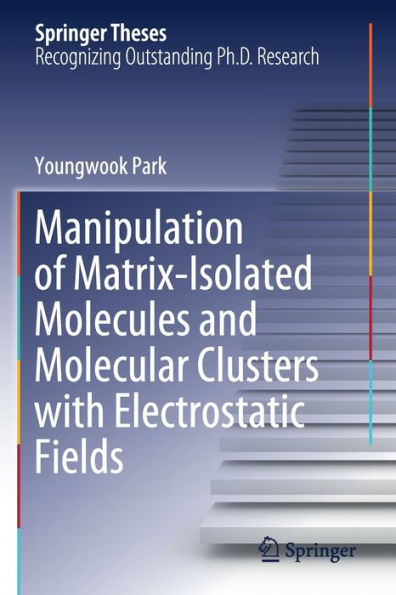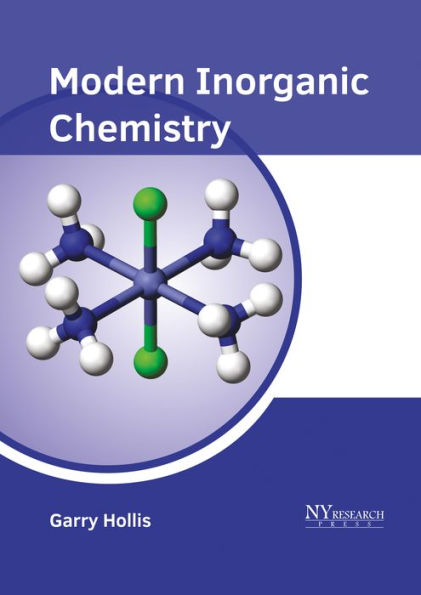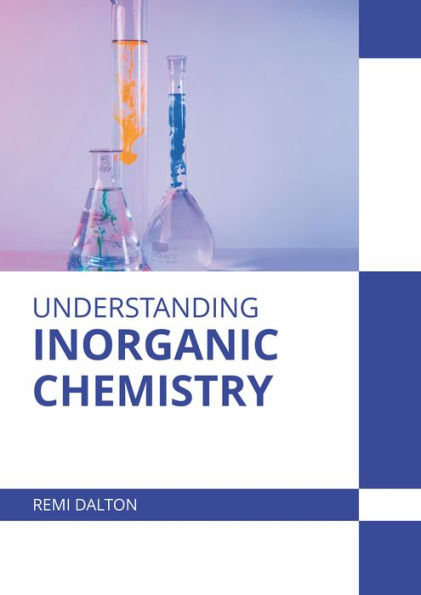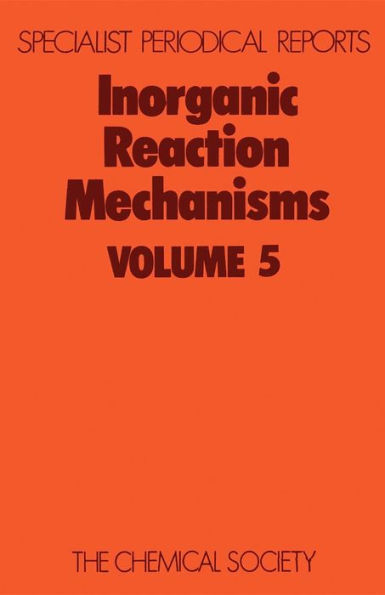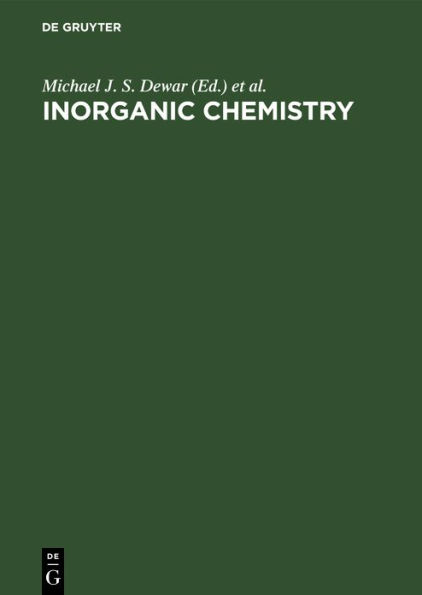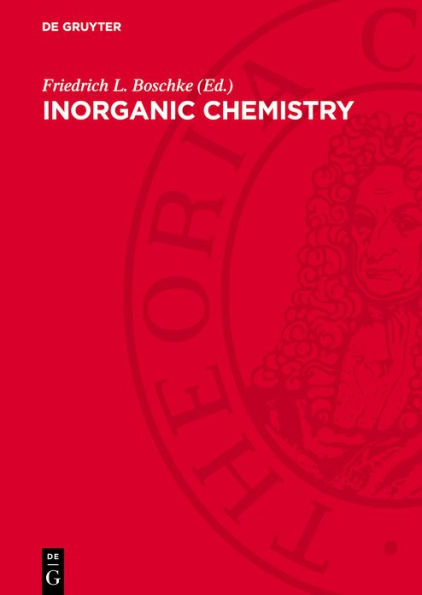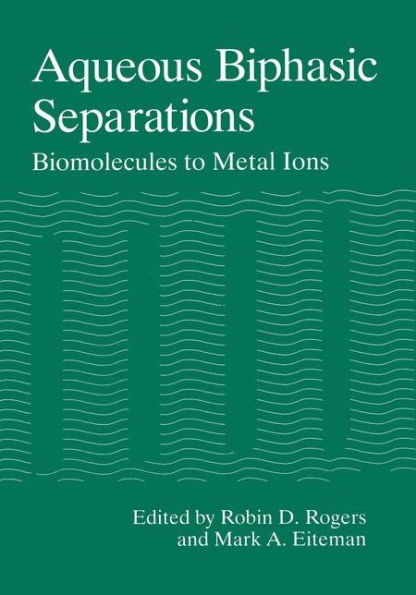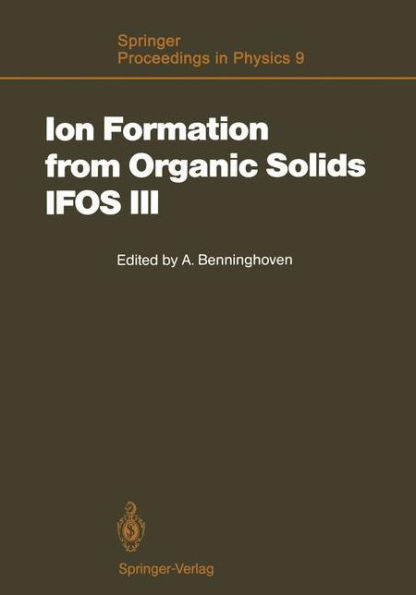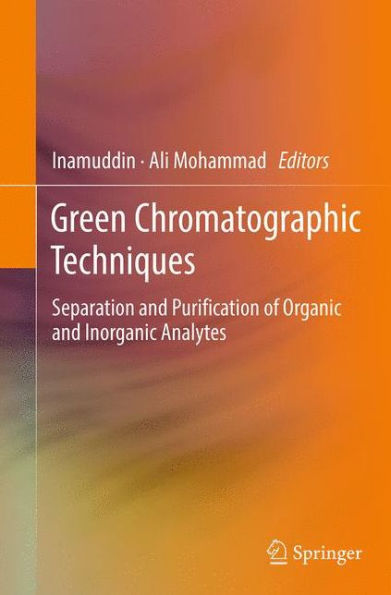Home
Matrix Isolation: A Technique for the Study of Reactive Inorganic Species
Barnes and Noble
Matrix Isolation: A Technique for the Study of Reactive Inorganic Species
Current price: $49.99
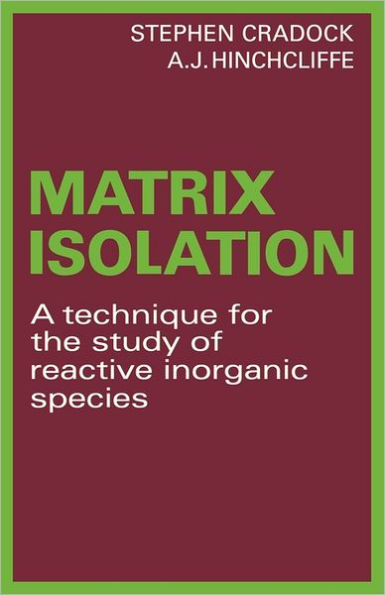

Barnes and Noble
Matrix Isolation: A Technique for the Study of Reactive Inorganic Species
Current price: $49.99
Size: OS
Loading Inventory...
*Product information may vary - to confirm product availability, pricing, shipping and return information please contact Barnes and Noble
Many chemical species are too reactive under normal conditions to allow normal spectroscopic investigation. The technique of matrix isolation was developed to exploit the stabilisation that arises when the reactive species is physically trapped, restricting its freedom of movement and access to possible reaction partners. The use of cryogenic conditions to achieve the physical trapping brought valuable consequences in reducing the energy available to the species, meaning they can be studies using a variety of spectroscopic techniques. In simple terms the technique involves trapping a reactive species in a frozen cage, or matrix, of an inert medium such as a rare gas or in other situations nitrogen or carbon monoxide. This 1975 book shows how and why the technique developed and describes the necessary apparatus in some detail, showing how each of the technological problems may be overcome.
